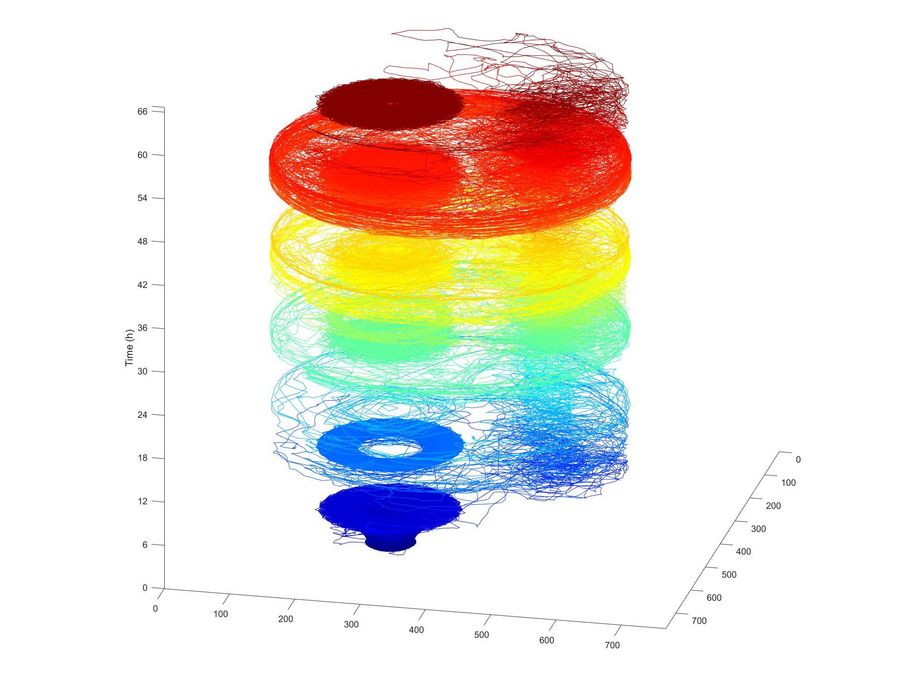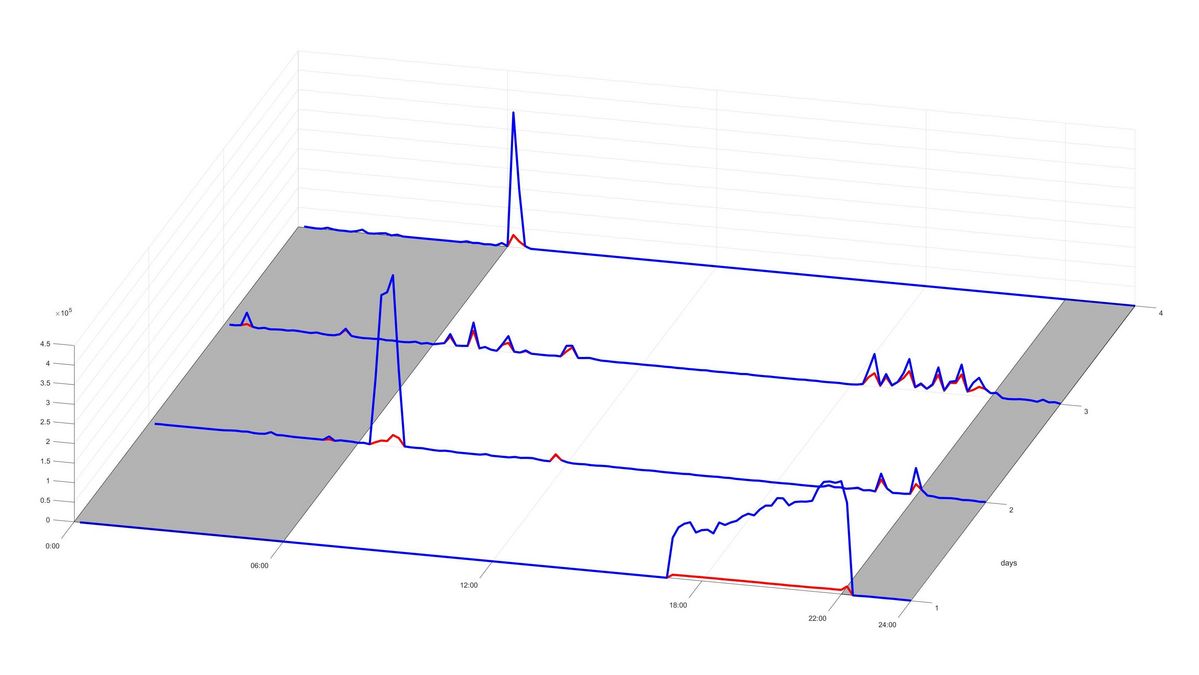A subtype of individual play is sliding, rocking and turning, in short: voluntary passive movement. We are investigating the extent to which this can also be found in insects.
What?
Many animals deliberately expose themselves to passive movements such as swinging, sliding or turning. Is similar behaviour found in insects, and if so, why?
How?
We observe flies in a stress-free environment where they can switch to a rotating platform at will. We then 1) look for stereotypical behavioural patterns in their movement behaviour and 2) test carousel-exposed males for their courtship success compared to control animals.
Why?
We use this behaviour as a model to get to the bottom of the evolutionary advantage of individual, game-like behaviour.
Publications
A screen for constituents of motor control and decision making in Drosophila reveals visual distance-estimation neurons
Triphan T, Nern A, Roberts SF, Korff W, Naiman DQ, Strauss R.
Sci Rep. 2016 Jun 3;6:27000.
DOI: 10.1038/srep27000
PMID: 27255169
Layered reward signalling through octopamine and dopamine in Drosophila
Burke CJ*, Huetteroth W*, Owald D, Perisse E, Krashes MJ, Das G, Gohl D, Silies M, Certel S, Waddell S.
Nature. 2012 Dec 20;492(7429):433-7.
DOI: 10.1038/nature11614
PMID: 23103875

